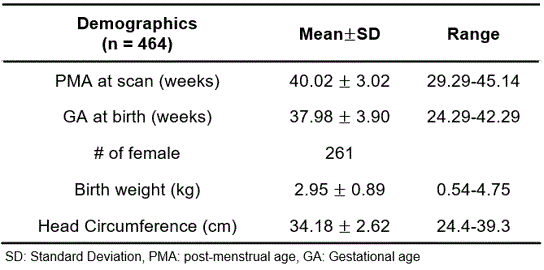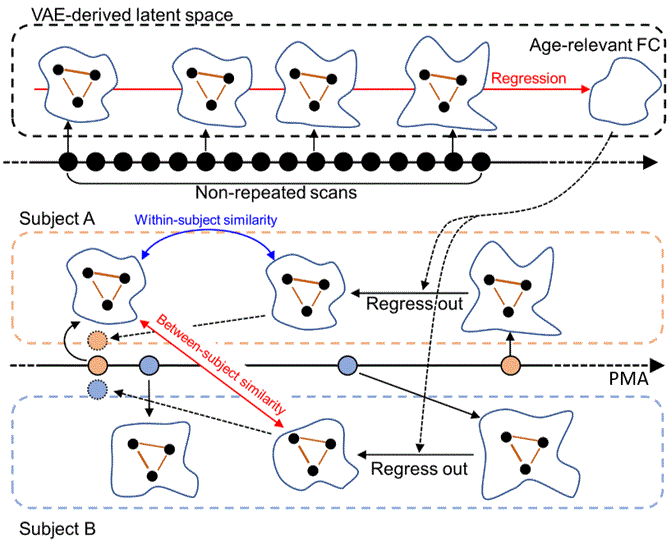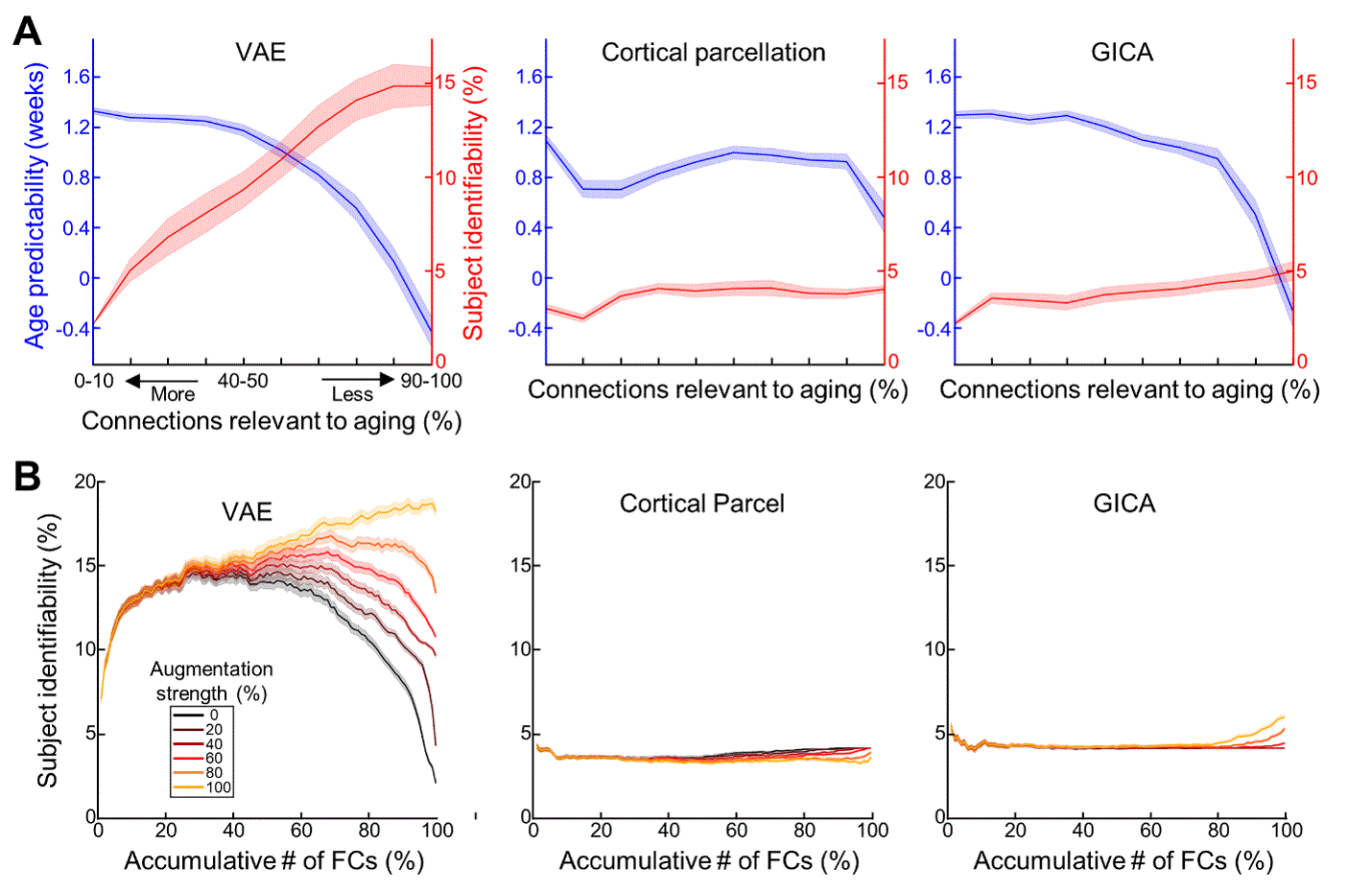Neonatal Neurology: Pre-Clinical Research
Neonatal Neurology 9: Preclinical 3
37 - Emerging individual uniqueness in the newborn functional connectome
Publication Number: 37.435

Jung-Hoon Kim, PhD (he/him/his)
Postdoctoral Research Fellow
Children's National Health System
Washington, District of Columbia, United States
Presenting Author(s)
Background: In adults, functional connectivity (FC)-based fingerprinting – identifying individuals from the population based on their brain’s FC profiles – has been shown to be highly accurate and predictive of cognition. Initial studies in neonates, however, have suggested that newborn FC carried minimal individual information.
Objective:
Using a variational autoencoders (VAE), we aimed to 1) demonstrate the existence of individual signatures in newborn FC profiles based on whole-brain or regional FC, and 2) separate FC patterns related to individual uniqueness from patterns associated with postmenstrual age (PMA).
Design/Methods: We analyzed publicly available rsfMRI scans from the Developing Human Connectome project (dHCP). The dataset consisted of 512 scans from 464 newborns, each 15 mins long (Table 1). After preprocessing, we used the VAE to compress rsfMRI data into 256 latent variables. The FC profile was derived by computing the pairwise correlation across all latent variables. Using a support vector machine regression, we quantified each FC pair’s ability to predict age and grouped FCs based on their prediction accuracy. Then, the subject identification task was performed by matching the FC profile from the first scan of specific subject to the FC profile from a database (n=48) of subjects’ second scans. We repeated the subject identification task after subtracting the age-related FC profile from the FC profile of the second scan (Fig. 1). Lastly, we compared the performance of VAE to linear models, cortical parcel or group independent component analysis (GICA).
Results: Both VAE and linear models showed low subject identification accuracy with the whole-brain FC profile (2~4%). Unlike linear models, however, the VAE was able to separate the FC profiles into connections that track age and connections that reflect individual uniqueness. Connections that were more accurate at predicting age were significantly worse at predicting individual uniqueness, and vice versa (Fig. 2. A; accuracy: 2.1±0.0% for FC that predict age the best vs 14.8±1.0% for FC that predict age poorly; paired t-test; p< 10-10; 100 bootstrapping trials). More importantly, using the age-adjusted FC profiles defined by the VAE, the subject identification accuracy increased from the 2% to 19% (Fig. 2. B).
Conclusion(s): We report for the first time, a subset of functional connections in the newborn brain that are associated with individual uniqueness. VAEs ability to capture features of rs-fcMRI beyond those revealed by linear models positions it as a useful tool for further delineating different cognitive traits embedded in rs-fMRI.


